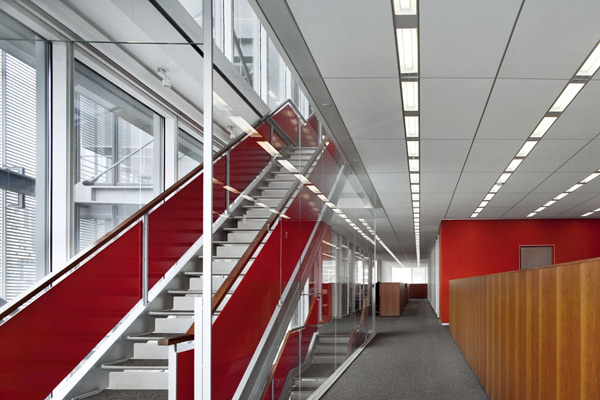I saw this clever bookshelf on
Design Within Reach:

The
Opus Shelving System is inspired by a variation on the ancient Roman building technique of
Opus Caementicium. This shelf reflects Opus Incertum, particularly.
I was fascinated by the different styles of wall facing, and particularly that it seems the bricks and/or stones are pressed into cement as the wall is constructed. This answered an interesting quandary for the Romans:
...for all its advantages, concrete had one major defect: it was unsightly. Once the wooden formwork was removed, it showed an ugly surface. In the beginning, its use was mainly restricted to substructures where noone would see it. Practical-minded as the Romans were, they solved the aesthetic problem by covering, or surfacing, concrete by another material which they deemed visually more satisfactory.
-- Roman Concrete by Professor Fikret Yegul, Department of History of Art and Architecture, UCSB
I'd say my favorite of the variations is Opus Reticulatum (or net-like work) where pyramid-esque blocks are pressed point-side into the cement to form a diamond pattern. You can see a great example here from
Flickr user Angela Loporchio:





